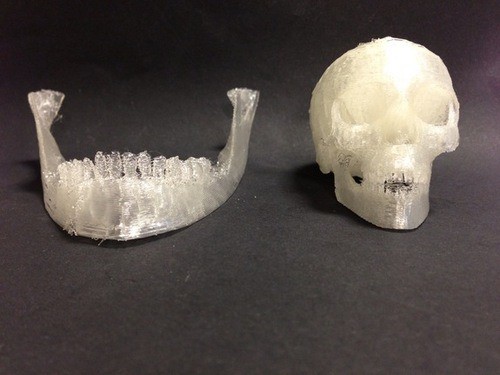
Allevi Blog
Using a 3D Bioprinter to Create Bone
- Updated on February 25, 2020
Imagine being able to create bone. Things like jawbone surgery, healing fractures, and treating bone diseases would be revolutionized. Well, a future in which doctors and researchers regularly use a 3D bioprinter to create bone may not be so far off.

In 2013, researchers at the University of Nottingham in England devised a method to create custom-fitted bone replacements using the power of stem cells and bioprinting. The idea is fairly simple: researchers used a 3D bioprinter to create a biochemical scaffold in the shape of their desired bone and then planted stem cells onto it. These stem cells, through the influence of specific chemical growth factors, were guided into becoming bone. Eventually, as the cells grew and proliferated, the scaffold was populated with bone cells.
This printed product could then be implanted into a patient. Upon implantation, the scaffold—made from biocompatible alginate and polylactic acid—would dissolve, leaving only the new bone within about 3 months.
Clearly, there are a lot of advantages to this approach. For starters, bone replacements can be made to fit the patient exactly. This also reduces the need for bone donors. And lastly, it completely circumvents the problem of host rejection, since the scaffold is ideally seeded with the patient’s own stem cells.
As always here at Allevi, we’re looking for the cutting edge applications of 3D bioprinting. This research was done back in 2013, and who knows what sort of developments we’ll encounter this year, in 2015!

